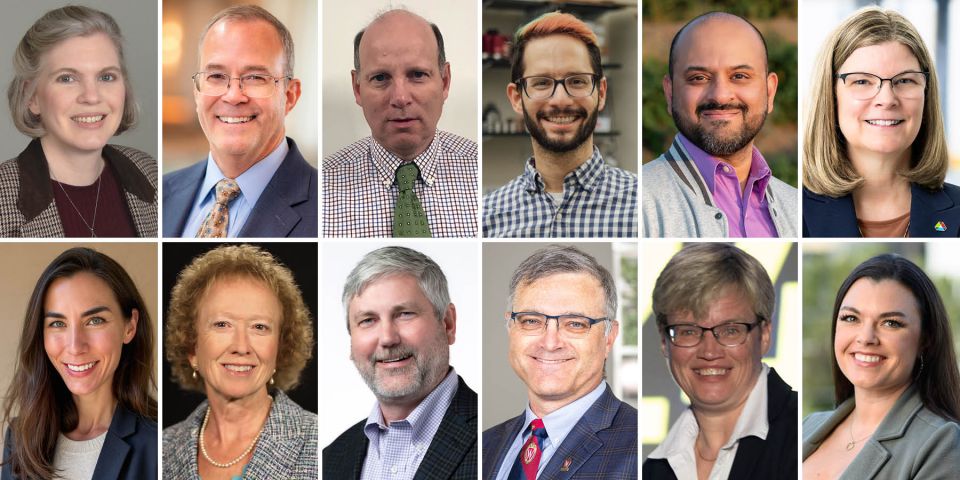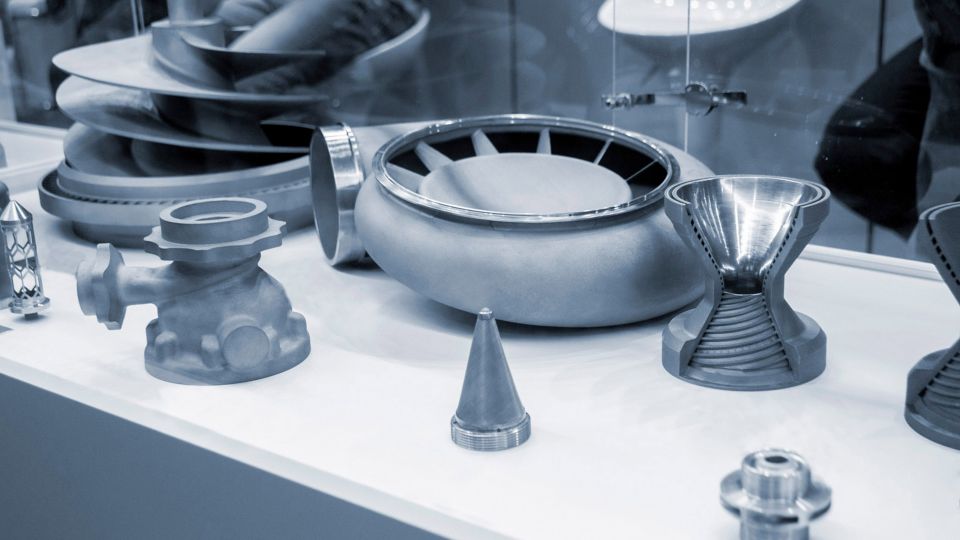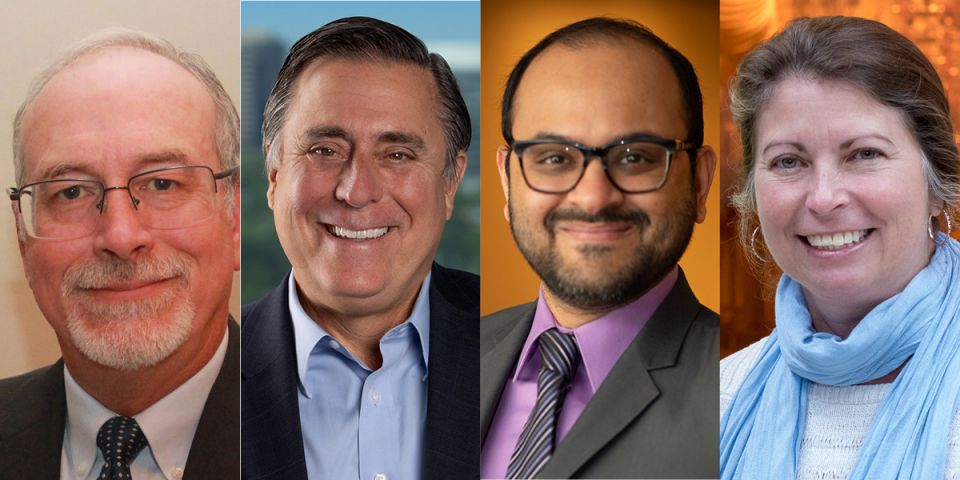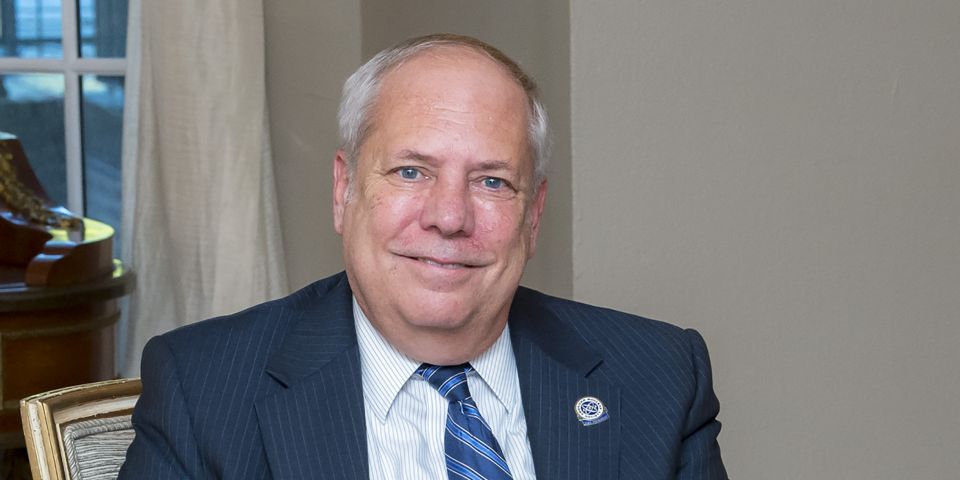ANS Annual Conference opening plenary: Full speed ahead

The 2024 American Nuclear Society Annual Conference opened with a bang yesterday as 1,200 attendees gathered in Las Vegas to network, collaborate, and socialize. Honors and awards were presented to several recipients, and ANS welcomed twelve new Fellows.
The plenary opened with an address from ANS Executive Director/Chief Executive Officer Craig Piercy that brought this year’s theme to the fore straight away: The time is now to deploy new nuclear projects—and not acting at this moment is simply not an option.

-3 2x1.jpg)






